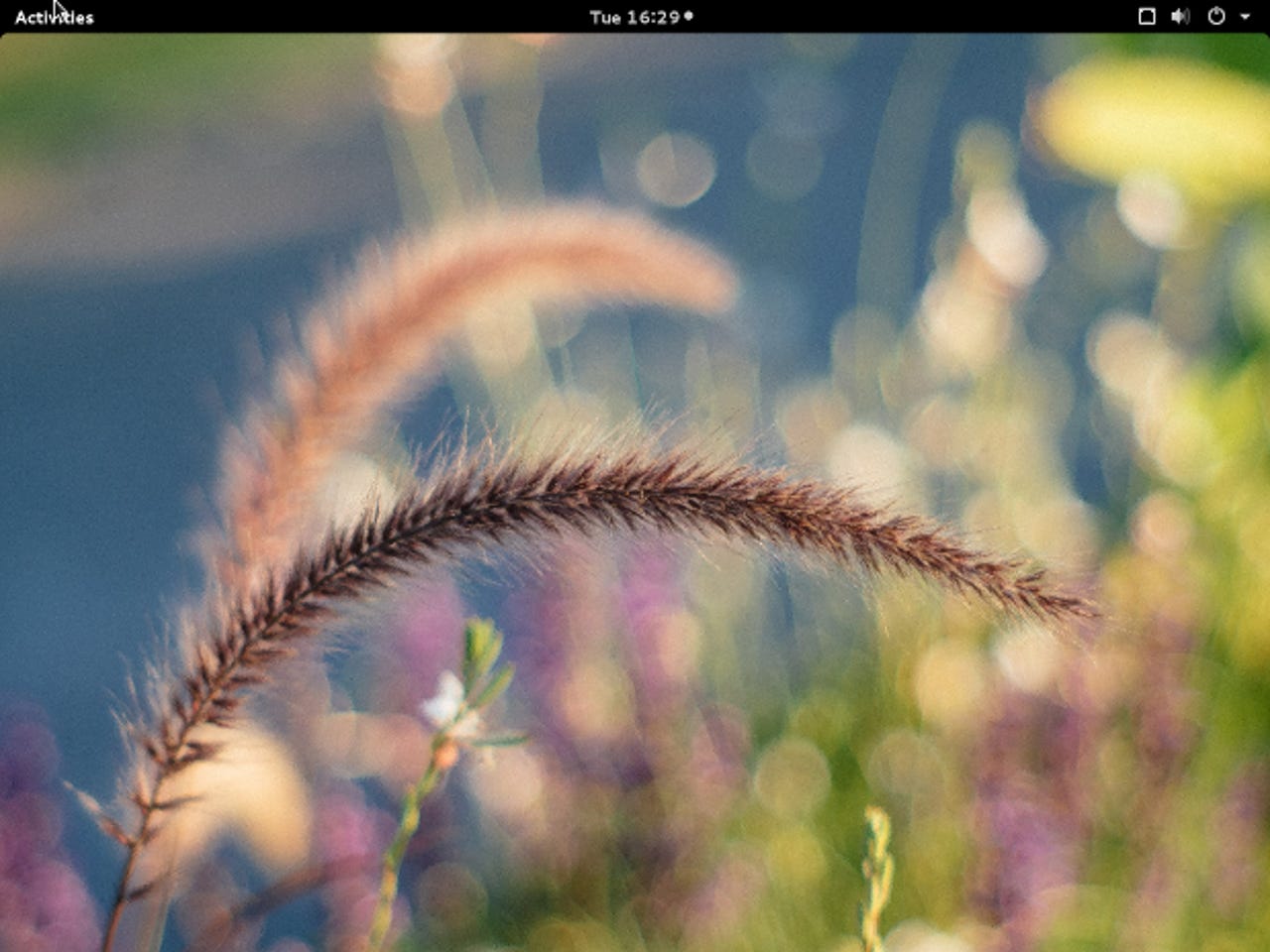Fedora 22: Cloud, desktop and server innovation

To look into Red Hat's Linux crystal ball, just gaze at Fedora, its community-driven Linux distribution. With the general release of Fedora 22, you can see exactly where Red Hat plans on taking Red Hat Enterprise Linux (RHEL) in the future.

With Fedora 22 one change all users will deal with is the updated RPM package manager: DNF. While Workstation users won't see much of a difference, Server and Cloud administrators should get faster installs and updates from DNF while retaining Yum command-line interface (CLI) compatibility for software management tasks.
Browse the Gallery: A Fedora 22 walk-through
A Fedora 22 beta walk-through
Here's what you'll find in the new Fedora.
Fedora 22 Workstation
With Fedora 22 Workstation, the desktop now defaults to GNOME 3.16. While I still have no great fondness for GNOME 3.x, this version is far more useful than earlier iterations.
The biggest change is the addition of a software store. Other Linux distributions have long offered this, but better late than never. It simplifies the act of finding useful open-source software programs and keeping them up-to-date.
For developers, Fedora 22 Workstation's best addition is the Vagrant developer environment software. Vagrant is an open-source program for creating development environments across a range of operating systems. It works with Fedora 22's virtualization technology and requires no third-party virtualization tools to run.
Featured
Fedora 22 Cloud
To no one's surprise, Fedora 22 Cloud's most significant features are all about containers all the time. The Fedora 22 Atomic Host images now include the Atomic command, a coherent entry point for managing hosts and containers. It also includes several improvements to rpm-ostree, and updated versions of Cockpit, Docker, and Kubernetes. You can now run Fedora 22 within a Docker container. It also includes Vagrant boxes for the base Cloud edition and Atomic Host. Vagrant, coupled with libvirt support, enables developers to more easily spin up Fedora Vagrant boxes for development and testing, and to share work with other team members.
Fedora 22 Server
The new Fedora server now comes with Rolekit, a Linux daemon for managing server roles. This provides a flexible platform for a multitude of server functions, from file servers to domain controllers,.
Fedora 22 Server has also added new support for PostgreSQL in its Database Server Role. The server edition now defaults to the XFS file system, a highly-scalable, high-performance file system, which provides quicker crash recovery and also allows for maintenance windows during normal use. This will limit downtime.
No matter what platform you use Fedora on, this new edition looks good. To see if for yourself, download Fedora 22 today.
Related Stories: